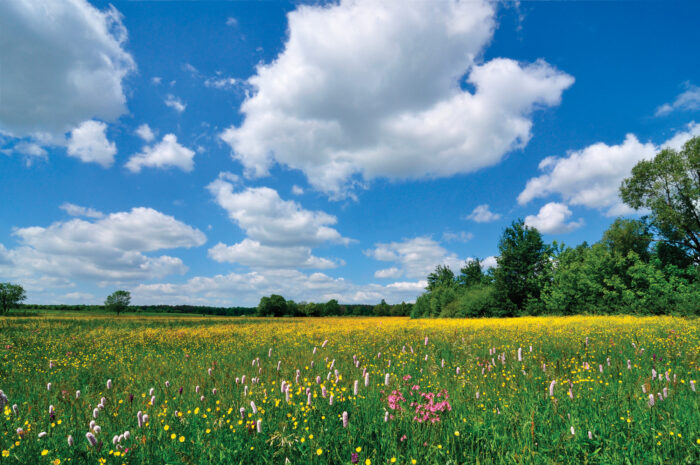
This article has the potential to be very short. That is because most garden plants provide some type of environmental benefit to their immediate surroundings—assuming they are chosen appropriately for the location, are not over-managed, and are not invasive. Plants cool the air in summer, reduce localized flooding risks, act as homes and corridors for wildlife, are barriers to pollution, and attenuate noise. But there may be some characteristics that help specific plants excel at providing benefits to us. And this may give some species or varieties an environmental edge, particularly on a small (individual plant and garden) scale. This is something I have been exploring in my research over the last 15 years for the Royal Horticultural Society (RHS) in the United Kingdom.
Plants can influence the local environment and make it more livable
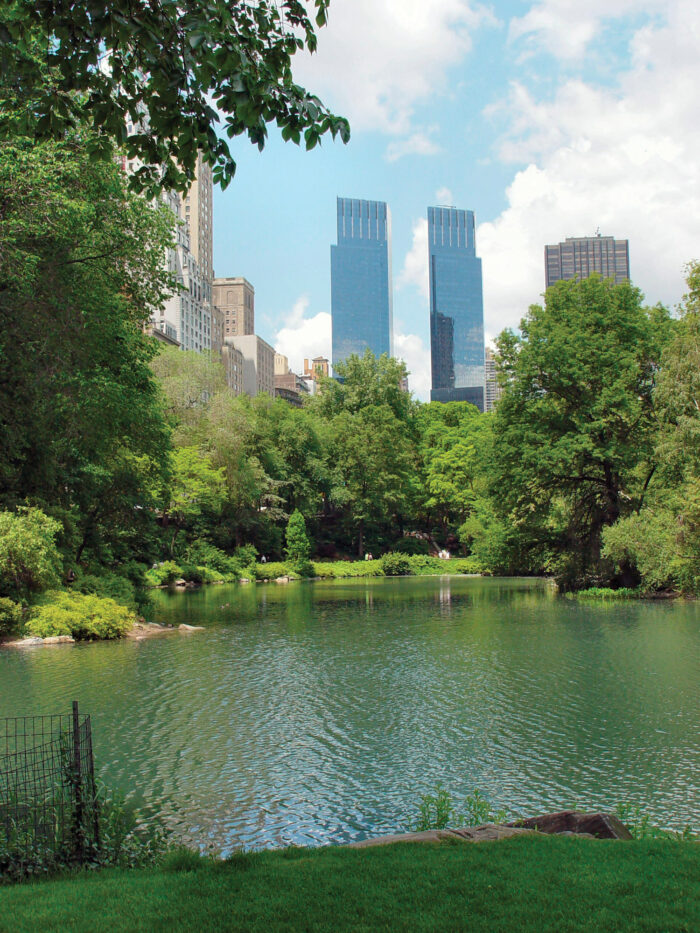
My research is driven by the fact that towns and cities worldwide are becoming bigger and more densely populated, and with this increase comes associated environmental problems (increased flooding risks, elevated temperatures because of a surge in built-up impervious surfaces, more noise and reduced air quality from vehicles and industrial sources, etc.). As a plant physiologist and horticultural scientist, I was well aware of the broad spectrum of plant functions and structures that exist in nature and among cultivated plant species. To put it simply, a cactus looks and functions very differently from a broadleaf evergreen. I therefore wondered: To what extent (and on what scale) did their environmental impacts differ too?
Over the years my research has focused predominantly on outdoor plants’ functional and structural traits linked to the ability to cool, reduce rainfall runoff, and attract and retain airborne-particulate pollution. My team’s experiments initially focused just on the “individual services” of plants. For example, what are some of the characteristics of plants that cool best? Is leaf color or thickness important for cooling? In studying various individual plant services, however, we noticed that there was an overlap in many cases. “Favorable” characteristics for the delivery of one service (e.g., ambient cooling) appeared as important for good delivery of another service (e.g., reduction of rainfall runoff).
Learn more:
Gardening in a Changing Climate
Native Plants Are Key to Saving Our Ecosystems
Positive-impact plants that cool the environment
Plants provide surface and ambient cooling via three principal mechanisms: evapotranspiration (ET), shading, and reflection. ET cooling is a property that nonliving structures do not possess. ET cooling is the process by which plants convert water within their cells into water vapor, which is released into the air. This process consumes energy (heat) from the air, thereby leading to ambient cooling. Generally, plants with higher rates of water use and greater ET provide greater leaf and ambient cooling.

In our research, we looked at plants with:
1. Different ET rates
2. Various leaf colors (lighter and darker)
3. Those with and without leaf hairs
We then tried to understand the relative importance of those traits for leaf, ground surface, and ambient cooling.
Plants can help to reduce summertime heat, but . . .
| • This is a localized effect |
| • The larger the canopy and the larger the plants’ ET rate, the bigger the impact |
| • Light leaf color leads to lower leaf temperatures and greater energy reflection, but this impacts cooling only when ET is high (i.e., with well-watered plants) |
Examples of plants we worked with that show noteworthy cooling traits:
|
Caution! For temperature impacts on larger scales, a significant amount of plants/greenery must be present.
|
|
|
|
|
|
Positive-impact plants that mitigate flooding

Plants help with managing rainfall through two main mechanisms: by retaining/storing some of it in their canopies and by enhancing the soil’s capacity to store subsequent rainfall (through ET and the removal of water from the soil). This is particularly important in cities, where soil becomes “sealed” through urbanization, directly increasing localized flooding risks.
We tested the capacity of a range of plants with:
1. Different leaf areas and canopy densities
2. Different ET rates
The goal was to observe the plants’ ability to store water in their canopies and increase the soil’s capacity to receive further rain. We also investigated how the importance of a certain trait changes depending on the environmental conditions (e.g., what traits are more advantageous in cool and humid weather scenarios versus warm and dry ones).
Plants can help to reduce rainfall runoff and flood risks, but . . .
| • This is a localized effect |
| • The larger the canopy and the larger the plants’ ET rate, the bigger the impact on runoff reduction |
| • Soil plays the biggest role in storing excess rainfall, but plants help keep soil in place |
Examples of plants we worked with that show noteworthy rainfall capture traits:
|
Caution! No amount of planting will offer protection from rare, catastrophic flooding events.
|
|
|
|
|
|
|
|
|
Positive-impact plants that capture air pollutants
There is a strong public perception that planting in urban environments helps improve air quality. This is true to an extent; plants capture gases (such as CO2) through their normal function. And they can help capture other polluting gases as well, including but not limited to NO2, SO2, and CO. Research shows, however, that plants are only a “third line” of defense against pollution. More important factors are reducing levels of pollutant emissions (from transportation vehicles and industrial or domestic sources) and increasing the distance from the pollution sources.
We worked with several hedge species exhibiting:
1. A range of leaf characteristics (smooth, rough, scaly)
2. Various plant shapes
3. Assorted canopy densities
Our research involved observing different leaf and canopy characteristics and discovering which ones showed better trapping and retention of airborne particulate matter (PM) in a roadside situation, which gets deposited on leaf surfaces and thus is taken out of the air.
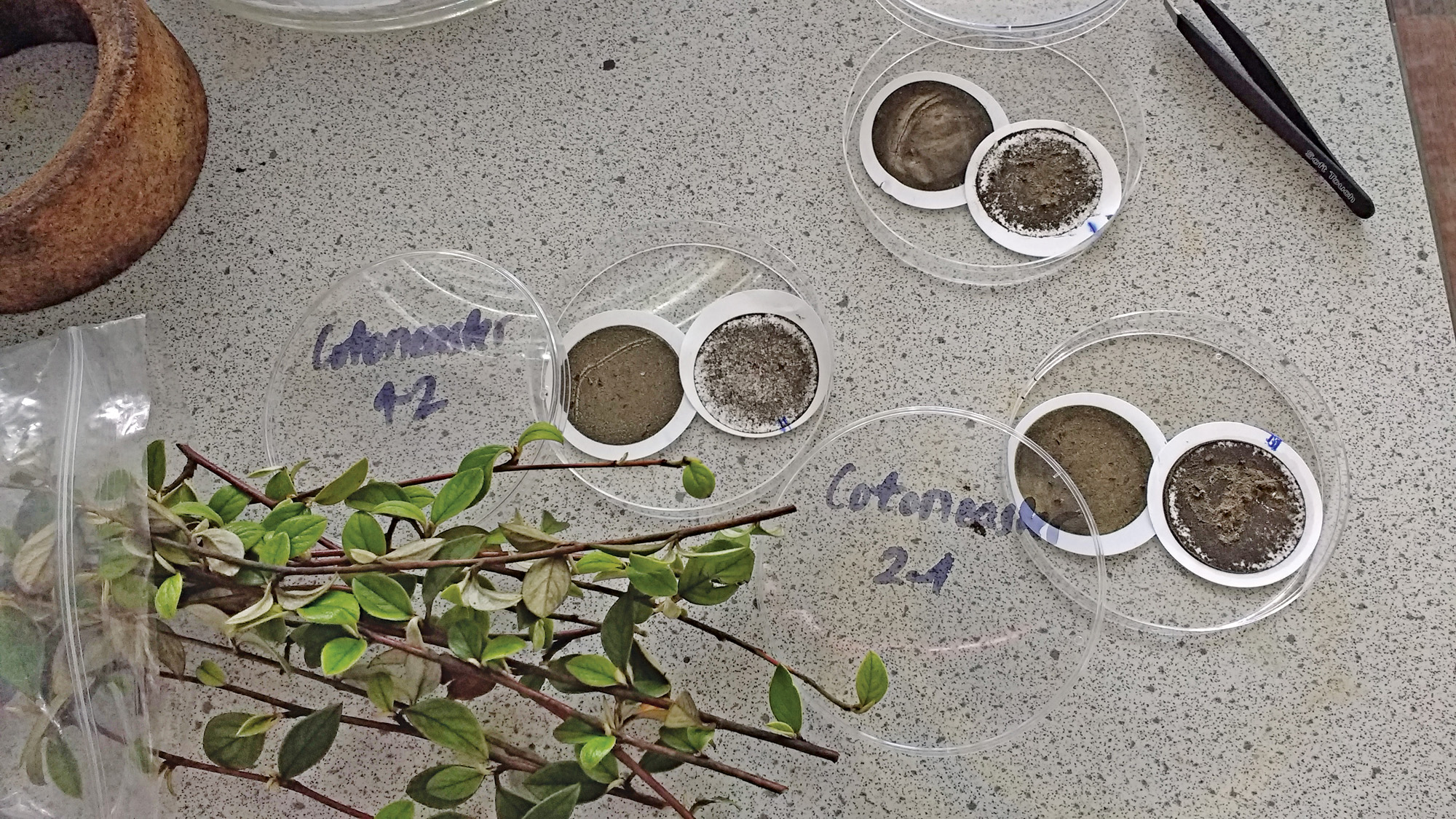
|
|
|
Plants can help to reduce pollution, but . . .
| • Rough and hairy leaf surfaces attract and retain more particulate matter (PM) |
| • Large, dense canopies provide better trapping and retention of PM |
| • Evergreen is better than deciduous at providing year-round PM capture |
| • The local effect is in proportion to the extent of the greenery |
Examples of plants we worked with that show noteworthy air-pollutant capture:
|
Caution! Reduction of emissions has a greater impact than plants. Also, large, closed canopies in narrow street canyons can decrease air quality.
|
|
|
|
LEARN MORE
Scale Definitely Matters
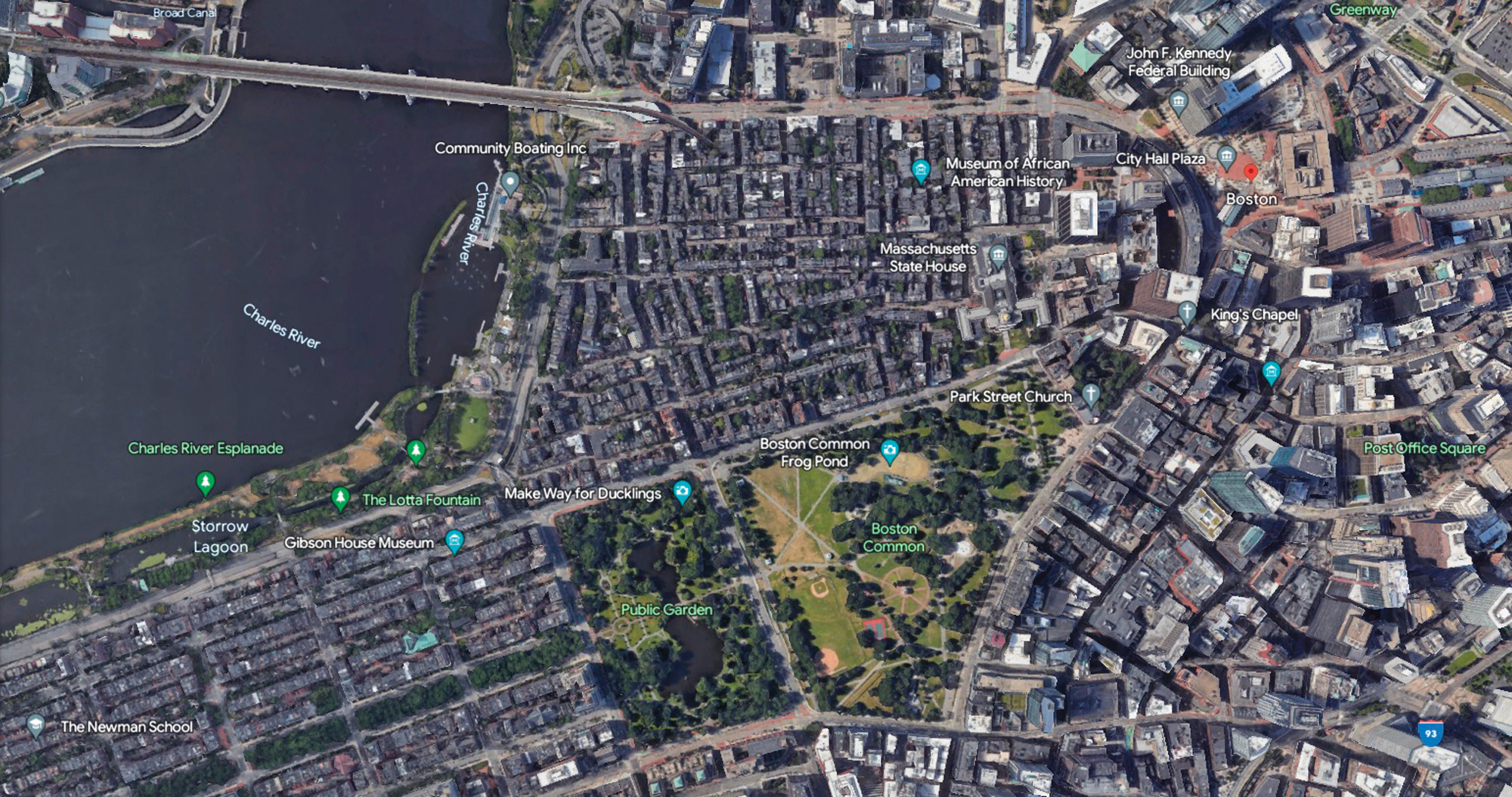
A word of caution before we get too excited about the importance of particular plant traits: The scale at which we measure the impact of certain plants influences the level of importance we need to ascribe to the traits of those plants. At the level of an individual leaf or plant, the traits are very impactful. The jury is still out (that is, we are still conducting research) on what the “rules” are for an intermediate/whole-garden scale. In other words, within a wider suburban landscape, we don’t know how environmentally impactful plants with certain traits are.
My experience to date suggests that for smaller garden spaces we could maximize some aspects of how well they perform—capture more water, reduce runoff, cool and shelter better—by choosing an array of plants that combine well and excel individually in providing those earth-friendly services.
Within a dense urban environment like Boston (above), which has a visually discernible presence of green space from a satellite image, or Los Angeles (below), which has far less discernible green space, any planting (regardless of the traits those plants possess) is extremely important. The more green space, the better.

Learn more about how gardeners can help battle climate change
How Sustainable Is Your Landscape?
TAKE ACTION
What can gardeners do to have a positive impact?
Historically, choices of what we plant in our gardens were driven mostly by site needs, aesthetics, cost, and management requirements. While these will continue to be important, as gardeners in the 21st century, we need to move to the next -level of considerations. At the point of planting, we should weigh the environmental impact of the plants we select, and think about which plant traits would be useful to improve the delivery of environmental benefits (cooling, noise attenuation, pollutant trapping, rainwater capture, etc.).
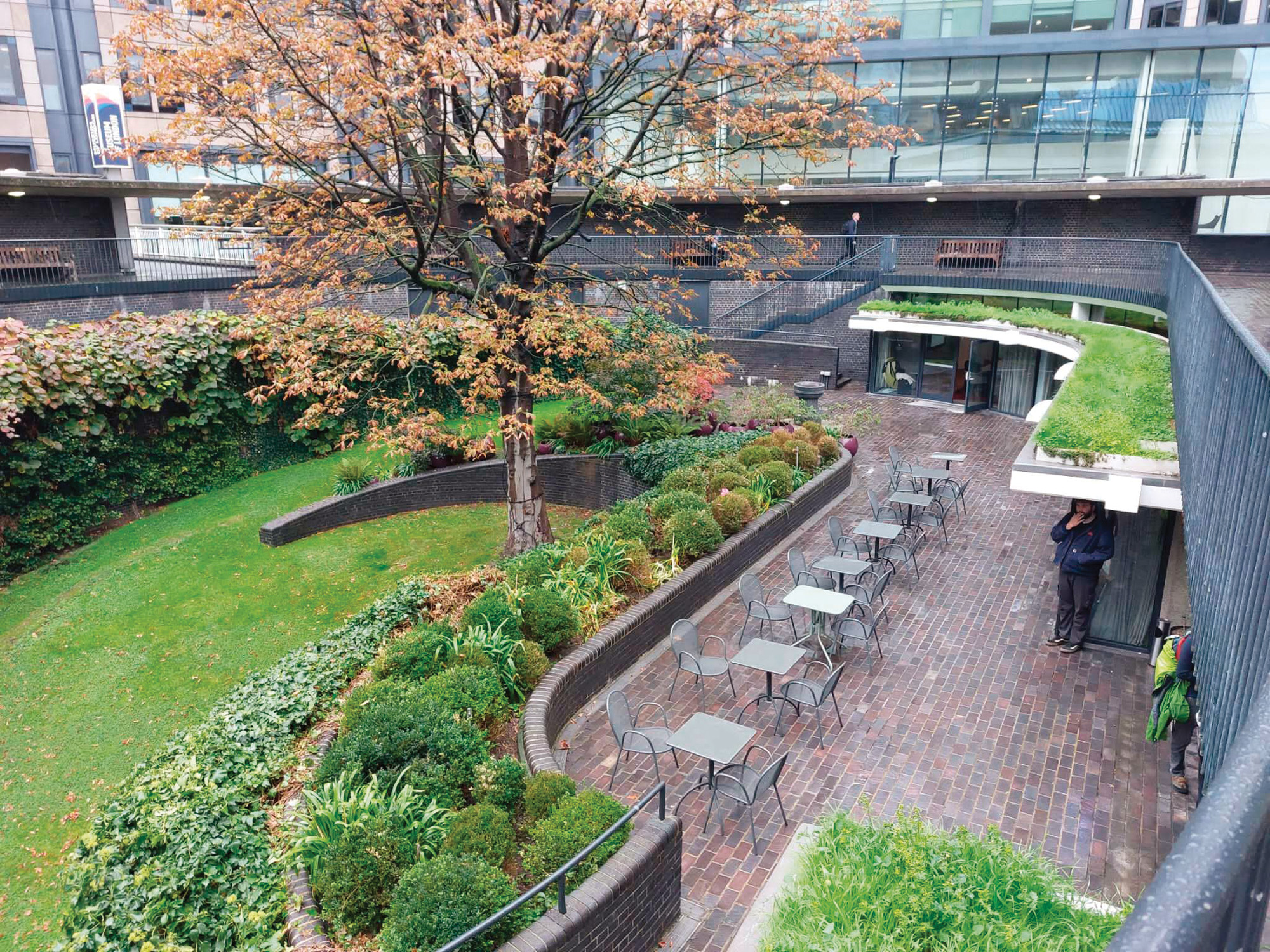
Broadly speaking, we can maximize the benefits we receive from our green spaces by choosing a diverse range of perennial and woody plants that:
- are physiologically active, i.e. alive and thriving
- have high evapotranspiration
- feature light leaf colors
- have rough/hairy foliage
- have the potential to develop into nice large canopies
Learn more:
Hedges: Choices with Environmental Benefits
Green Heroes: Plants Making a Positive Environmental Impact
Keystone Plants with Doug Tallamy
Invasive Alerts*
- Sycamore maple (Acer pseudoplatanus) is considered invasive in CT, MA, NY, PA
- Gray cotoneaster (Cotoneaster franchetii) is considered invasive in CA
Tijana Blanusa, Ph.D., is a principal horticultural scientist and research fellow with the Royal Horticultural Society (RHS) at the University of Reading in the United Kingdom.




















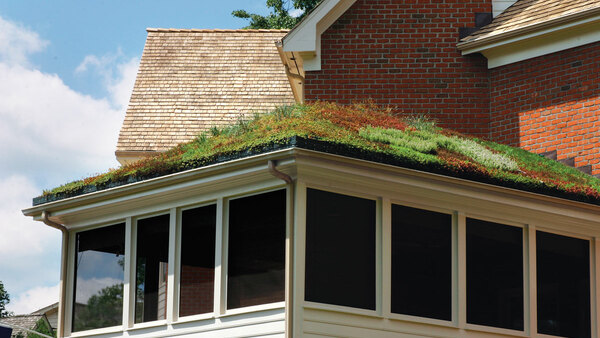












Comments
Log in or create an account to post a comment.
Sign up Log in